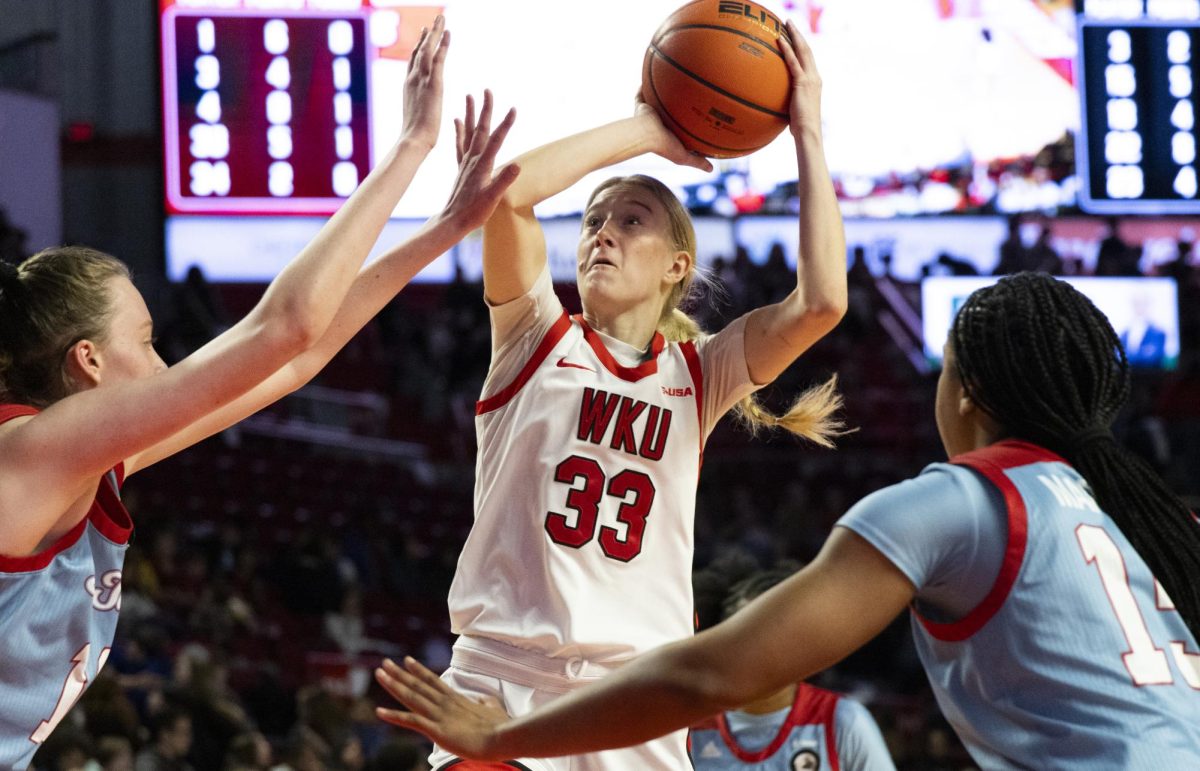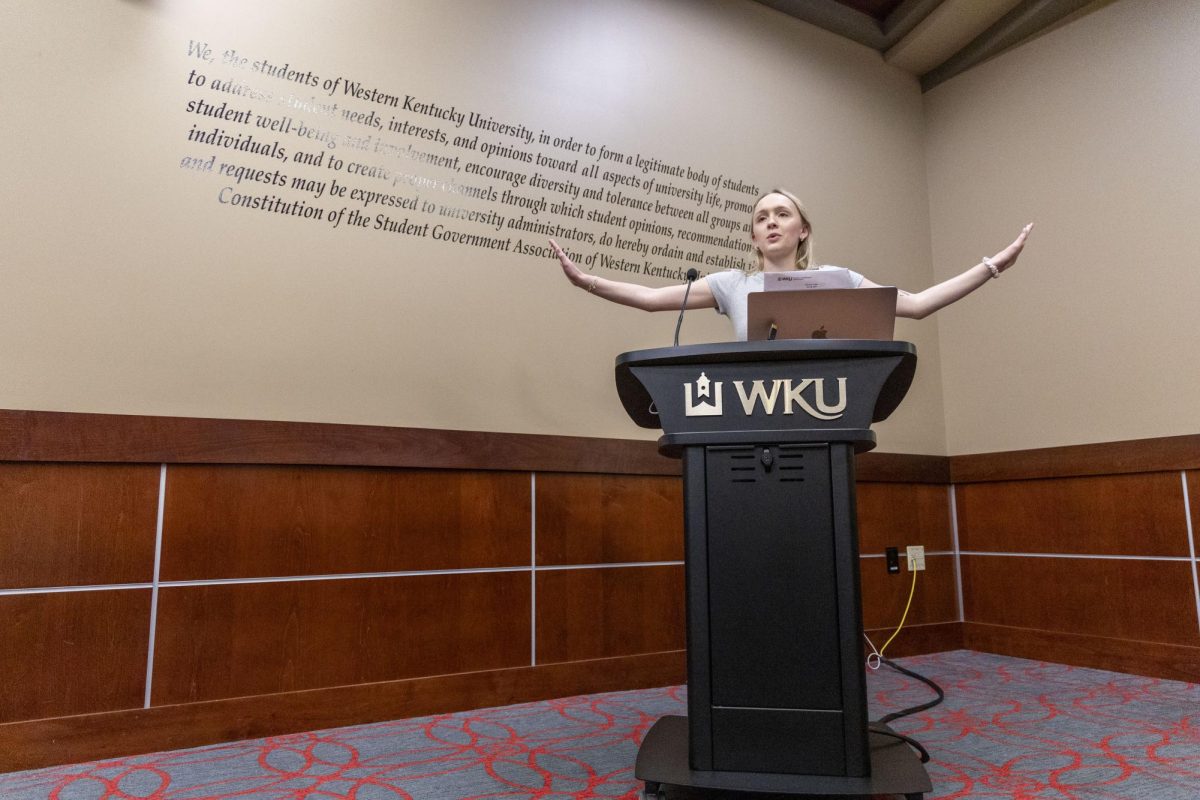New microscope will allow for improvements in research
September 17, 2013
A new $425,000 microscope will soon find a home in Thompson Complex North Wing.
Hemali Rathnayake, assistant professor of chemistry, worked with a team of four other professors to research and write a proposal to the National Science Foundation regarding the need for the transmission electron microscope.
Rathnayake had a large role in writing the proposal and getting it submitted, noticed and approved by the National Science Foundation.
“We started working on this proposal in January, and the deadline was in February,” Rathnayake said.
She was assisted in building the proposal by Rajalingam Dakshinamurthy of the chemistry department, Rodney King and Shivendra Sahi, both of the biology department and Muhammad Jahan of the architectural & manufacturing sciences department.
“It’s highly competitive getting funding from the National Science Foundation,” Rathnayake said.
The new microscope will be replacing one currently residing in Thompson Complex. The current microscope is almost 40-years-old and has caused issues for several classes and departments, which are using it at increasing rates, Rathnayake said.
“It’s always broken, constantly,” Sahi said. “Thankfully, we have a service contract on that. You can often see the guy (repairman) walking around because he’s always there.”
Rathnayake said problems with the microscope became prevalent around 2009 when classes were added that used the microscope as the primary method for completing research, including Biology 404, an introductory microscope course.
The increased use of the older microscope and the resulting complications were what notified Rathnayake of the need to write the proposal for the new piece of equipment.
“We do have a teaching and research component that we emphasize very nicely,” Rathnayake said. “We engage the students in this facility.”
The new microscope will not only remedy the problems, but will also allow students and professors using it to experience some improvements.
It will be used to view nanoparticles but will differ from the older microscope by allowing them to be viewed through a computer screen connected to the device, both Rathnayake and Sahi said. Students will also be able to view samples in a solution stage.
Gordon Baylis, vice president of research, said the group is about to order the new microscope.
“We’re just refitting some space for it,” Baylis said. “The fact that we got it really says that the National Science Foundation really thinks we’re doing some good stuff, and we’re really proud of that.”












